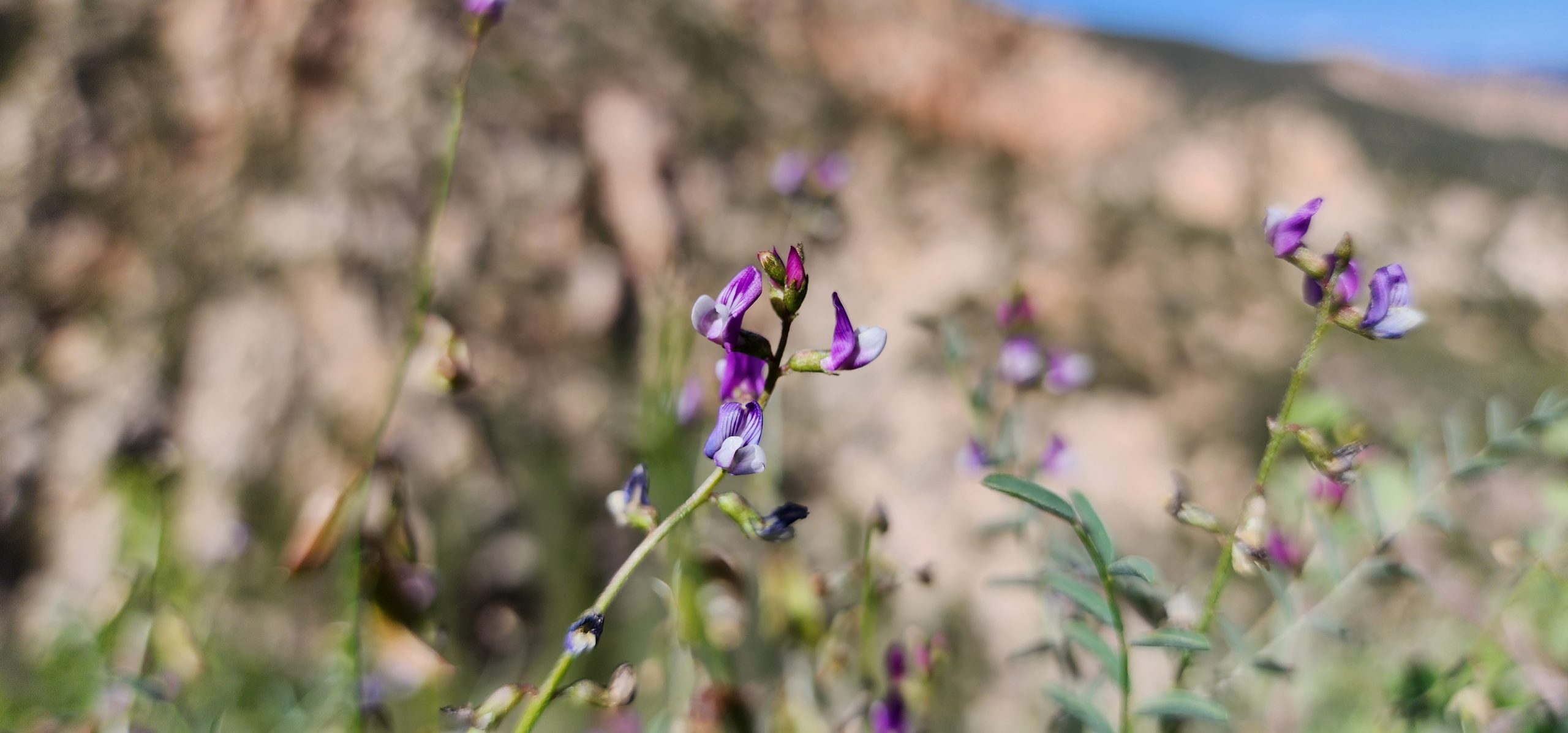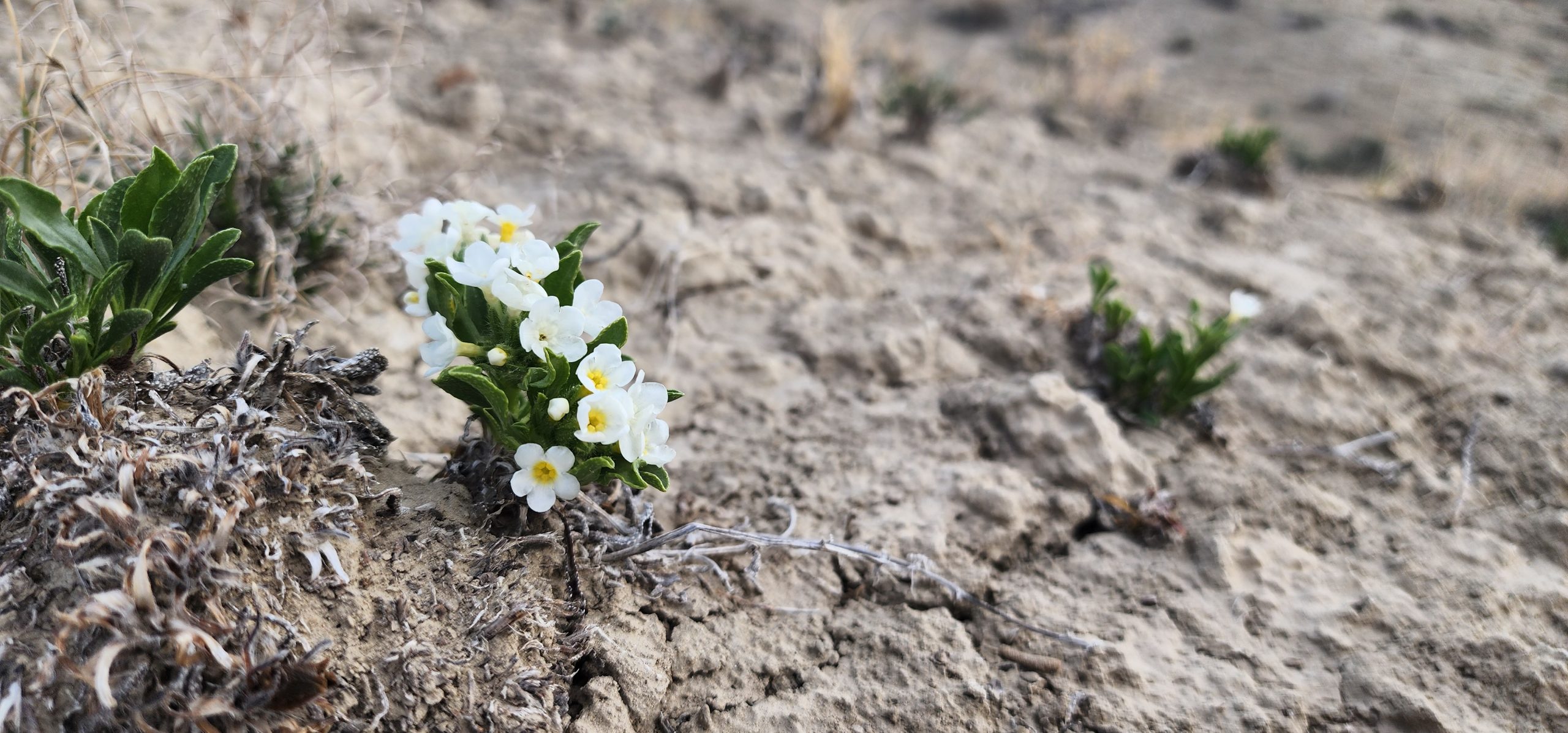Save Plants
CENTER FOR PLANT CONSERVATION
In this issue of Save Plants, we clarify the parameters of advocacy for plants. Because rare plants are little known or understood by policymakers and because they have no voice of their own, CPC embraces the role of speaking up for plants. We emphasize that plants are essential for healthy human communities. We celebrate reaching legislators and building public support that led to the recent successfully passed Great American Outdoors Act. CPC has benefited greatly from the experience of our Conservation Champion Lindsay Marshall, who served as legislative liaison for Garden Club of America. We look forward to carrying momentum forward to passing the Botany Bill! Please join us in supporting advocacy to save plants, the habitats on which they depend, and the benefits they provide for humankind!
Wishing you and your families continued health and safety,
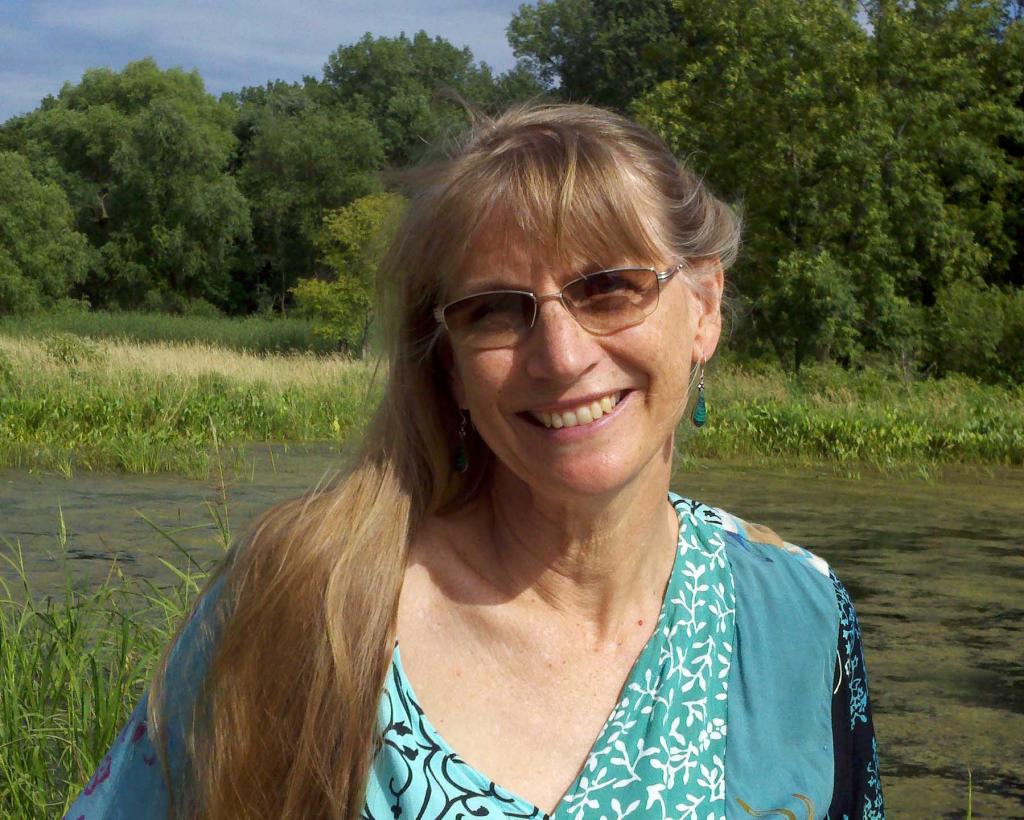
Joyce Maschinski
CPC President & CEOBacking the Botany Bill
Plants are fundamental to human life on earth. They play a central role in how we address climate change mitigation, land management, sustaining ecosystem services, and other key issues that will determine the future of our planet. Yet, federal agencies are losing botanists to retirement without adequate replacements, native plant growers face a destabilized industry due to fluctuating demand exacerbated by wildfires, and funding for research on native plants is increasingly challenged.
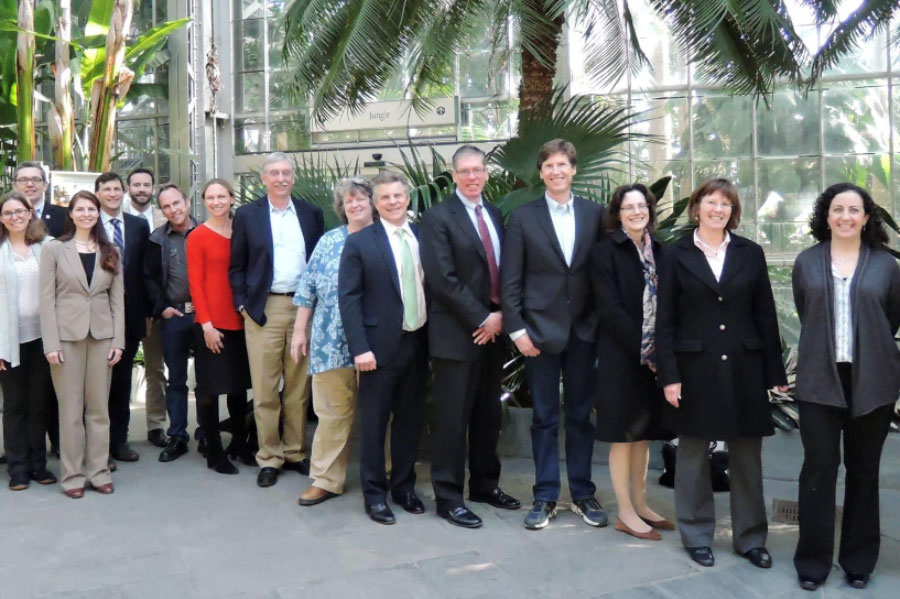
A 2010 assessment led by Chicago Botanic Garden (the Garden) and Botanic Gardens Conservation International-US reported a precipitous decline in botanical capacity within government, academic institutions, and private institutions in the U.S. Following the report, the Garden and their partners began a new project exploring ways to reverse this decline.
The 2010 report included many recommendations. Implementing them, however, would require work to influence national policy. Fortunately, the Garden’s conservation department is known as the Negaunee Institute of Plant Conservation Science and Action – acknowledging that conservation research alone is not effective if it does not influence policy. Dr. Kayri Havens, the department’s director, has a personal passion for raising awareness of plants in the political realm. After spending five years working on an endangered plant for her dissertation (Organ Mountain evening primrose, pictured above), she concluded that, “Although I knew the plant very well, I’d done virtually nothing to help conserve it. … Science alone can’t save plants; we also need conservation laws, policy, and funding to be effective.”
With prospective legislation in hand, the next step was to convince congressional supporters to sponsor the bill. The Garden found a committed sponsor in U.S. Congressman Mike Quigley (IL-5), a former member of the Cook County Board, which oversees the Chicago Botanic Garden. Familiar with the Garden’s work, he was the first sponsor. Co-sponsors in Congress include Congresswoman Ileana Ros-Lehtinin (115th Congress) and Congressman Francis Rooney (116th Congress) – both from Florida. In the Senate, colleagues from Lyon Arboretum connected with Senator Maisie Hirono of Hawaii, who agreed to sponsor of the bill.
The Bill has found bi-partisan support in the House. The bill’s talking points have made it easy to connect to issues that both parties care about. Healthy plant communities provide human communities with essential services, such as purifying air and water. They facilitate cost-effective and ecologically successful land management, provide spaces for recreation, and much more. A robust native plant industry helps create jobs and supports rural livelihoods.
The tenets of the Botany Bill fit squarely in the mission of a large number of botanical institutions. Many partners – especially the Garden Club of America – have been active in recruiting more U.S. Representatives and Senators. CPC organizations, including the Institute of Applied Ecology, Nature Serve, the Native Plant Conservation Campaign, and other botanical gardens, have promoted the bill in visits to their elected officials. The Garden and CPC have also engaged in outreach efforts at professional conferences over the past few years, providing information to gardens about how to advocate and lobby and addressing the concerns of non-profits.
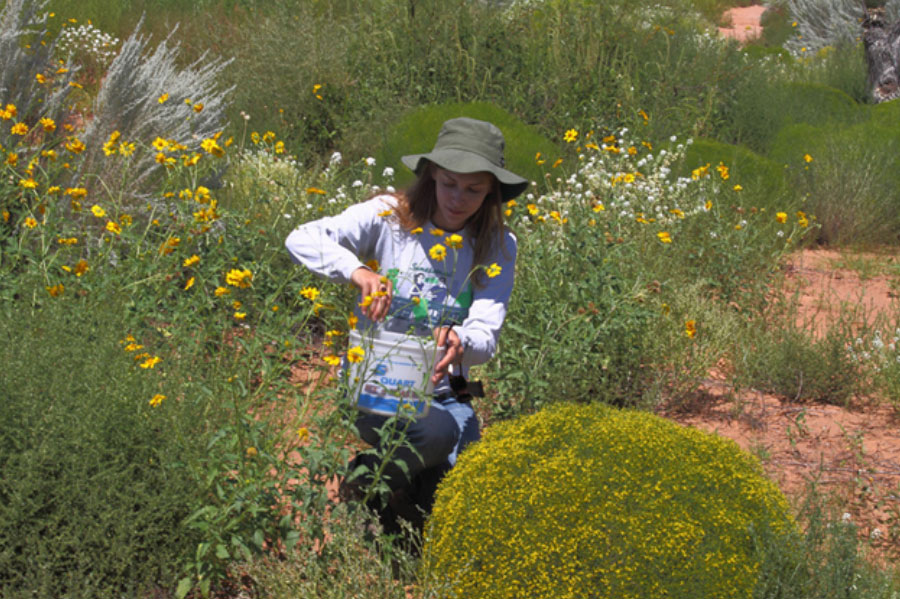
To pursue these goals, in 2015 the Garden held a meeting of several members of the Non-Federal Cooperators Committee of the Plant Conservation Alliance to discuss advocacy efforts to increase botanical capacity. Rob Bradner, the Garden’s lobbyist, suggested that the group draft a bill – what would become the Botany Bill (HR 1572 and S2384). The proposed legislation provides talking points for advocates to bring up with members of Congress to familiarize them with the issues. Although committed to passing the entire bill, the Garden also recognizes that it can focus on getting key parts of the bill enacted as opportunities arise in Washington.
The Botany Bill has three main purposes. First, the bill addresses the lack of human capacity in federal agencies. The proposed legislation will promote the hiring of additional botanists and create a student loan forgiveness program for plant sciences majors who work for a federal agency. Second, the bill increases grant funding for research on native plants. Specific areas of focus include habitat restoration, developing methods for using locally adapted native plants, combating invasive species, and mitigating environmental change. Finally, the bill promotes the planting of native plants by creating a preference policy for their use on federal lands. The resulting boost in demand will help develop the market for native plant materials.
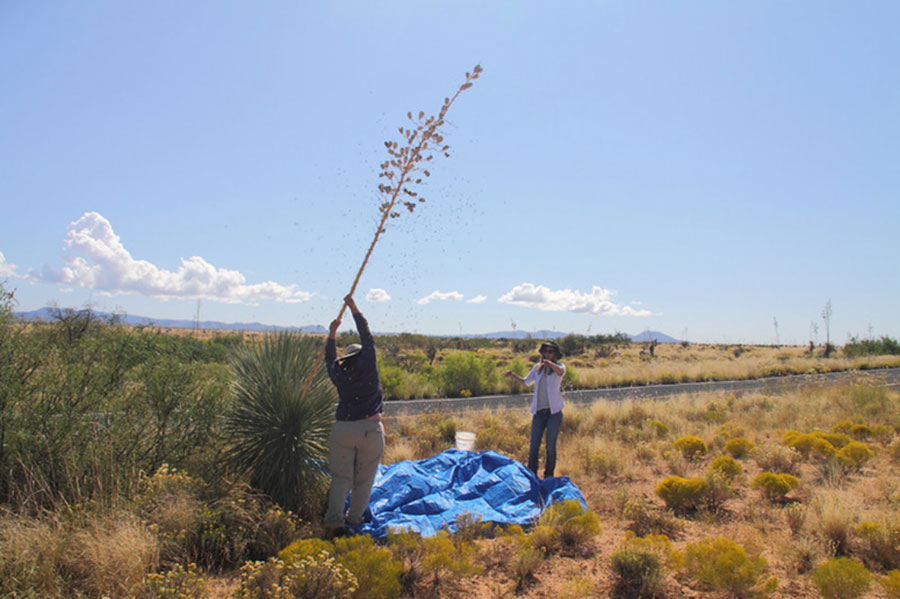
Broader awareness campaigns are also part of the Garden’s efforts. Dr. Havens points out that getting laws, policies, and funding “requires convincing the public, especially voters, that plants are not optional.” Reaching members and the public is another way in which partner gardens’ support and advocacy have helped advance the Botany Bill.
Overall, Dr. Havens is optimistic about our progress. Though the public and policymakers are currently focused on many big issues, it is crucial that the environment not be ignored at this time. Everyone, after all, depends on plants. Many people, including elected officials, care deeply about the issues raised by the bill and are committed to seeing it enacted, in whole or in pieces.
We encourage you to educate yourself further and help spread the word by visiting the Botany Bill website.
“Science alone can’t save plants; we also need conservation laws, policy, and funding to be effective.”
Saving Plants on the Hill
Advocacy is an important tool for saving rare and endangered plants in the United States. Just as we build scientific tools – databases, tissue culture research, seed collections – to achieve our mission, we must also build our capability to use advocacy to save plants.
Advocacy is the act of speaking on behalf and in support of rare and endangered plants. It means building public support for the work of saving plants. It means reaching out to the decision makers, including federally elected officials on Capitol Hill, whose job it is to identify and establish public policy for our nation. It means using our expertise to make specific recommendations for public policies that impact the science of saving plants, the habitats of the rare and native plants, and the very existence of the plants themselves.
Public policies can undermine or advance the ability of a nonprofit to achieve its mission. We have a duty to help the decision makers fully understand the impacts of their decisions on our mission and the plants we work to conserve. It is vitally important to move our scientific expertise into the solution side of public policy related to plants. As the experts, we help the policy makers identify the problems facing the rare and endangered plants in North America and create solutions to those problems.
Importantly, public policy includes funding for plants. The critical financial support for the programs that advance our work – such as seed collections of endangered or native plants on public lands – relies upon the allocation of public resources that are decided upon in Congress.
Informing the decision makers of the value of investing public resources in safeguarding rare plants is an essential step to ensure that funds are allocated to pursue the work of conserving these plants.
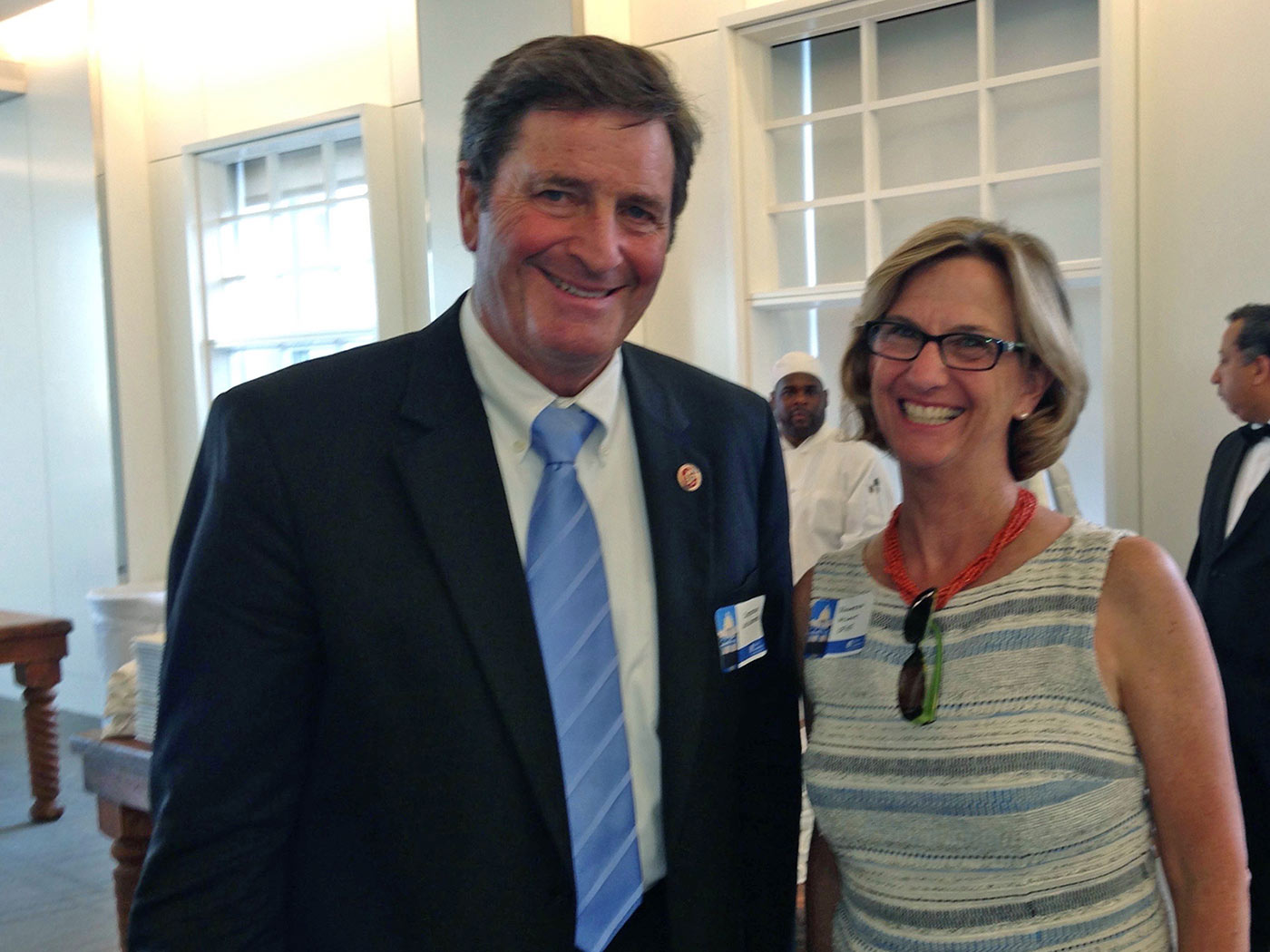
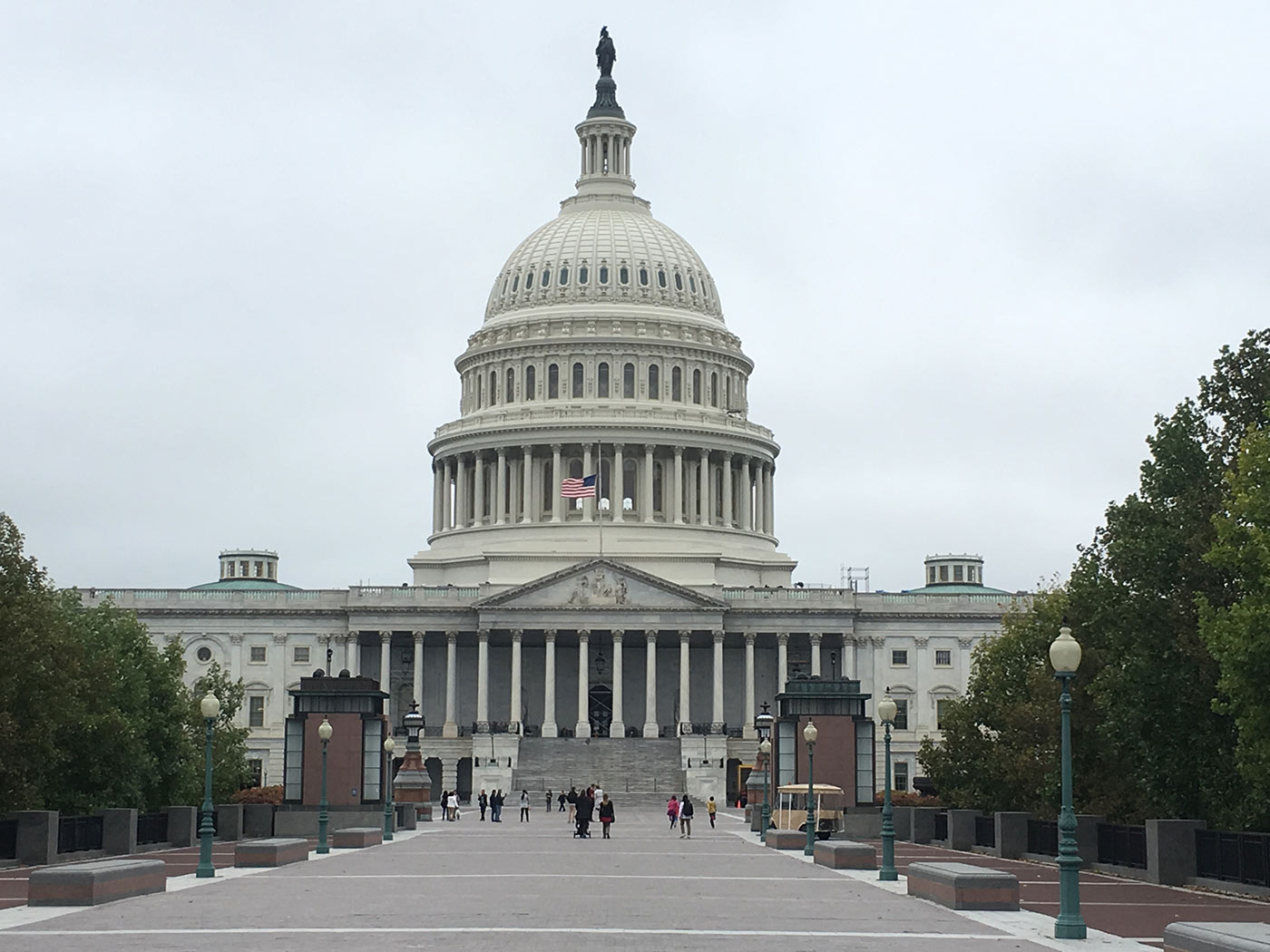
“We must advocate for saving the plants because the plants can’t advocate for themselves.”
The recent victory of the passage of the Great American Outdoors Act highlights the power of joining forces with like-minded groups and individuals to advocate on behalf of conservation on the Hill. This landmark conservation bill provides permanent, mandatory funding for the Land and Water Conservation Fund (LWCF) – $900 million annually at no additional cost to taxpayers. The program will help national parks and other public lands across the country. The bill also creates a new fund ($1.9 billion annually for five years) to address deferred maintenance projects at the National Park Service, Forest Service, U.S. Fish and Wildlife Service, Bureau of Land Management, and Bureau of Indian Education schools. These funds for public lands will repair critical habitat, protect endangered plants and other species, and provide more people with access to these national treasures.
At the Center for Plant Conservation, we safeguard and conserve imperiled plants using science-based practices, connect and empower plant conservationists, and inspire people to protect biodiversity for future generations. Advocacy is an important tool that helps us to achieve this mission.
“Advocacy is simply promoting the nonprofit’s mission through engagement with others.” – National Council of Nonprofits Nonprofit Impact Matters: How America’s Charitable Nonprofits Strengthen Communities and Improve Lives
As Seen on CPC’s Rare Plant Academy
Native Plant Conservation Campaign: A National Native Plant Society for the United States
Shortly before COVID-19 shutdowns and quarantines, the Southeastern Partners in Plant Conservation (SePPCON) meeting was held in Atlanta. Dr. Emily Roberson of the Native Plant Conservation Campaign (NPCC) shared a presentation on this growing national network of native plant societies, botanic gardens, and others, and their approach to native plant conservation advocacy. People often overlook or ignore plants in their environment, even in natural areas and among environmental groups, making the need for plant advocacy that much greater. NPCC offers tools to effectively communicate the importance of native plant conservation to audiences that traditionally have been difficult to reach. Watch the video and learn more about NPCC and how they are working to make the importance of plants more understandable to all.
Lindsay Marshall, Board Trustee, Center for Plant Conservation
Sometimes an idea needs a champion. And that is just what Lindsay Marshall was – a champion for the idea of CPC using advocacy as a tool to save plants. Lindsay brought her experience, expertise and enthusiasm for advocacy to the CPC Board of Trustees. She has gently guided and prodded the organization into realm of sharing our voice on behalf of plants on Capitol Hill. CPC AND the plants are better off because of it. Lindsay Marshall is truly a Conservation Champion.
When did you first fall in love with plants?
Both my mother and my grandmother had gardens. The fig tree in my grandmother’s backyard was a favorite. I fell in love with native plants when I started my native plant pollinator garden amongst the yard solar panels installed for powering my guesthouse. It was at a time when I decided to really put into action all the things I had been talking about for years – watering from a rain barrel, using natives, getting solar… doing it all! I loved the process and the balance of it all, and I saw the value of native plants and pollinators. I could be an example for my children and friends.
What was your path to becoming a member of the CPC Board and working to conserve native plants?
Timing is everything. I had been interested in the regreening of concrete in cites, planting with native plants to replace gaps made by development and reinstitute green corridors. Through my Cherokee Garden Club in Atlanta, I volunteered with the City of Atlanta Parks and Recreation and other entities to work on a Beltline Park. I learned first-hand as we worked that native plants had the greatest chance of survival. People thought we were crazy at first, for replacing azaleas with natives. But the city realized the cost savings of lower maintenance and appreciated the results. The experience spurred my interest in natives. When that responsibility was coming to completion, I had just finished my term as National Affairs and Legislation Committee Chairman of The Garden Club of America (GCA). So when Peter Raven asked me to join CPC Board, the timing was right in terms of my interest, availability, and skills.

How did you first become involved in advocacy?
As a young physical therapist in Massachusetts in the ’70s, I recognized barriers to wheelchair mobility and obstacles to independence for handicapped people. Through the American Physical Therapy Association of Massachusetts, I and many others worked on sloped curbs to enable wheelchairs to cross streets – assets we now take for granted that were not available then. When I was teaching Physical Therapy in Maryland, I created an assignment asking my students to simulate being truly handicapped for a day and report how barriers prevent disabled people from navigating. Making the students aware was part of the education that I wanted them to have in their careers.
I’ve carried this sense of advocacy anywhere I’ve seen the need – certainly to environmental issues. The environment is intricately linked to human health, both mental and physical, though people don’t often think about it. You have to help them make the connection – make it mean something to them. I think now is a great time to help people make those connections. With the COVID-19 pandemic, people are itching to be outdoors. They appreciate the fresh air and serenity that plants and the great outdoors provide them.
What about working with plants has surprised you?
I cannot say there have been surprises, just learning opportunities. Through CPC, I have learned an amazing amount from botanists, plant conservationists, and botanical garden leaders that has energized me. I had always seen the value of saving species as very critical for our future. With increased knowledge, I became interested in trying to help in the effort.
Why do you think it is important to engage in plant conservation through policy and legislation?
Plants cannot speak for themselves, thus we are their voices. Imperiled plants need us. Without engaging in policy and legislation, we remain in silos with no voice. Human health is dependent on plants and animals, pollinators and birds. It is critical to affect legislation that furthers this interconnectivity to preserve a healthy environment. We elect our senators and representatives, but we also need to reach out to them. Often people are afraid to be involved in advocacy, and “politics” has so much negativism around it. But once people realize how easy it is to make contact with their representatives, they are likely to stay involved. It is up to all constituents to advocate for beneficial legislation and funding for what we feel is important.
To be effective, we should be informed, strategic, and focused. We need to know the legislation at hand and how it relates to our mission and goals.
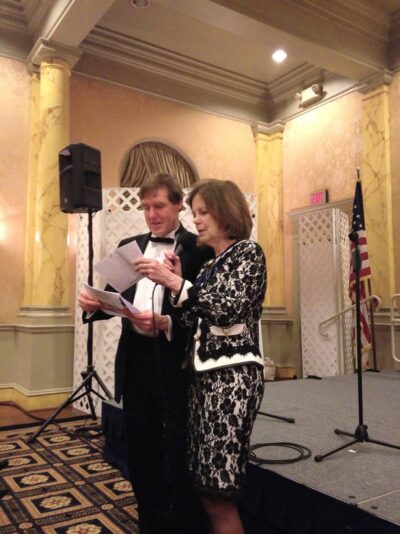
What do you see as your role in organizational advocacy?
I had many duties as chair of the National Affairs and Legislation Committee at GCA, but a lot came down to researching and getting information to our members for action. It takes a lot of time to stay aware of legislation and to know what to focus on – to know when a vote is happening, and what the obstacles might be to getting the votes. That’s something I took on with my committee members. Each year we held conferences to arm members with talking points and information they would need for visits to their officials in Washington. People are willing to go out there – citizen activism really works!
We can help with guiding their efforts. An issue has to mean something to the public for them to act, and we can show how the issue relates to them. With COVID-19, a lot of people are interested in health connections and being outdoors. CPC, with their advocacy committee, is now in a position to help take advantage of the moment to help plant conservation.
What current policies or approaches to conservation excite you the most?
The Botany Bill, the Great American Outdoors Act, and Invest in America Act are my current interests. The passing of the Great American Outdoors Act last month was a real win.
It has been exciting to watch advocacy within CPC and at gardens grow. When I first joined the board, there wasn’t much momentum in that area, though we did form a task force. With a full committee, we are now able to take on more – researching legislation and finding the bits that align with plant conservation. Focused advocacy is a critical part of achieving mission success for an organization like CPC.
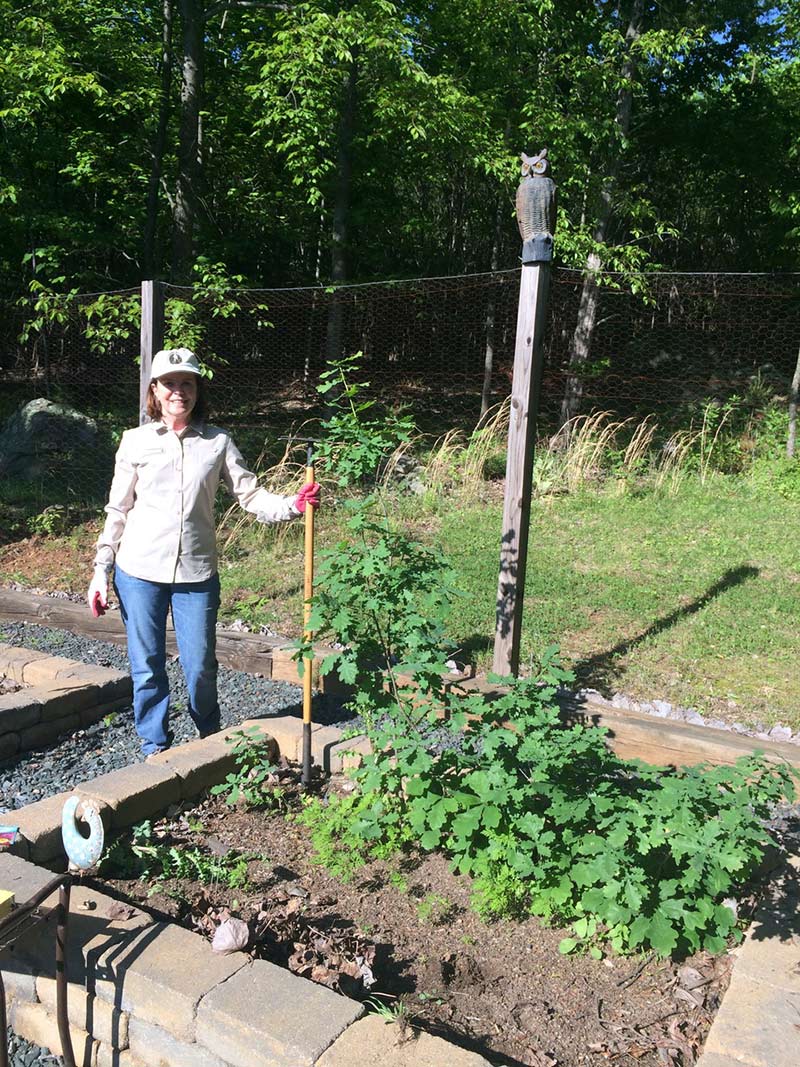
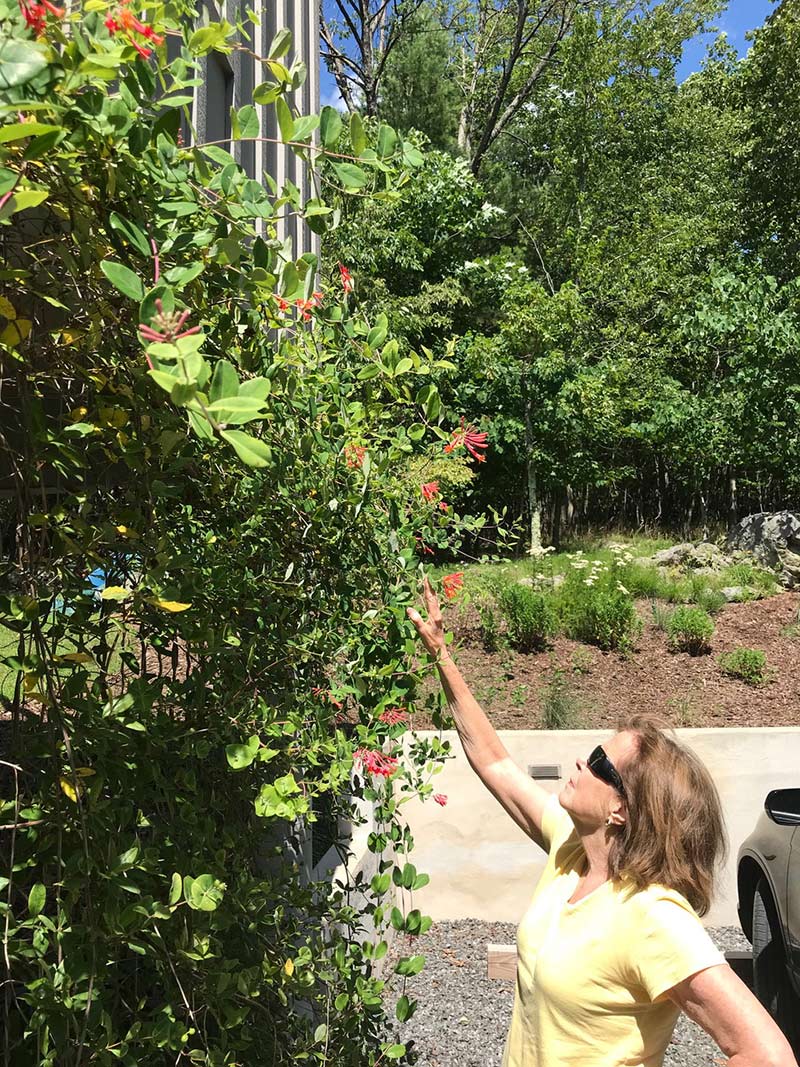
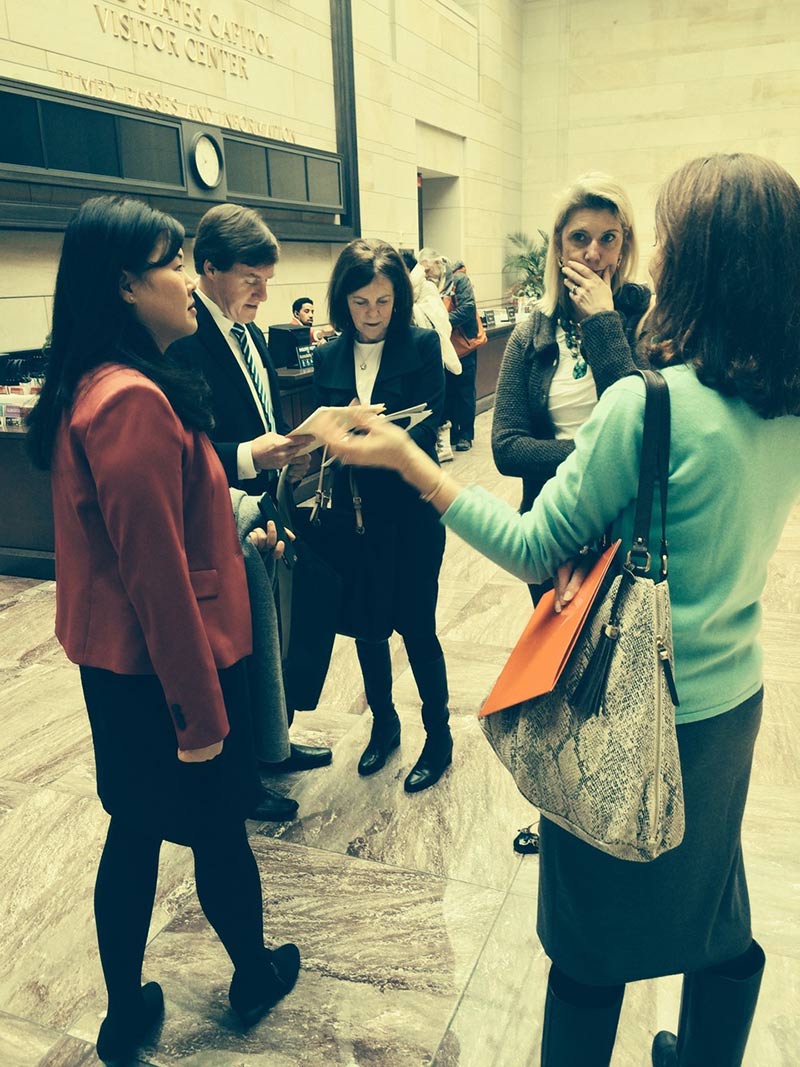
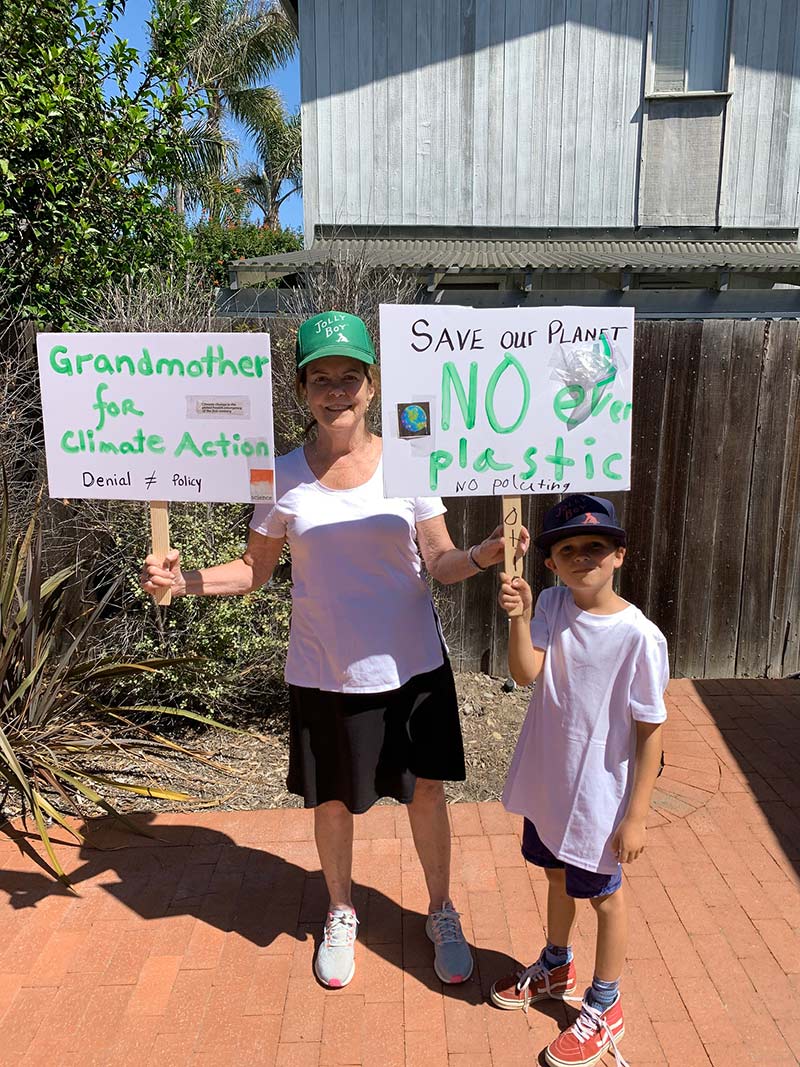
-
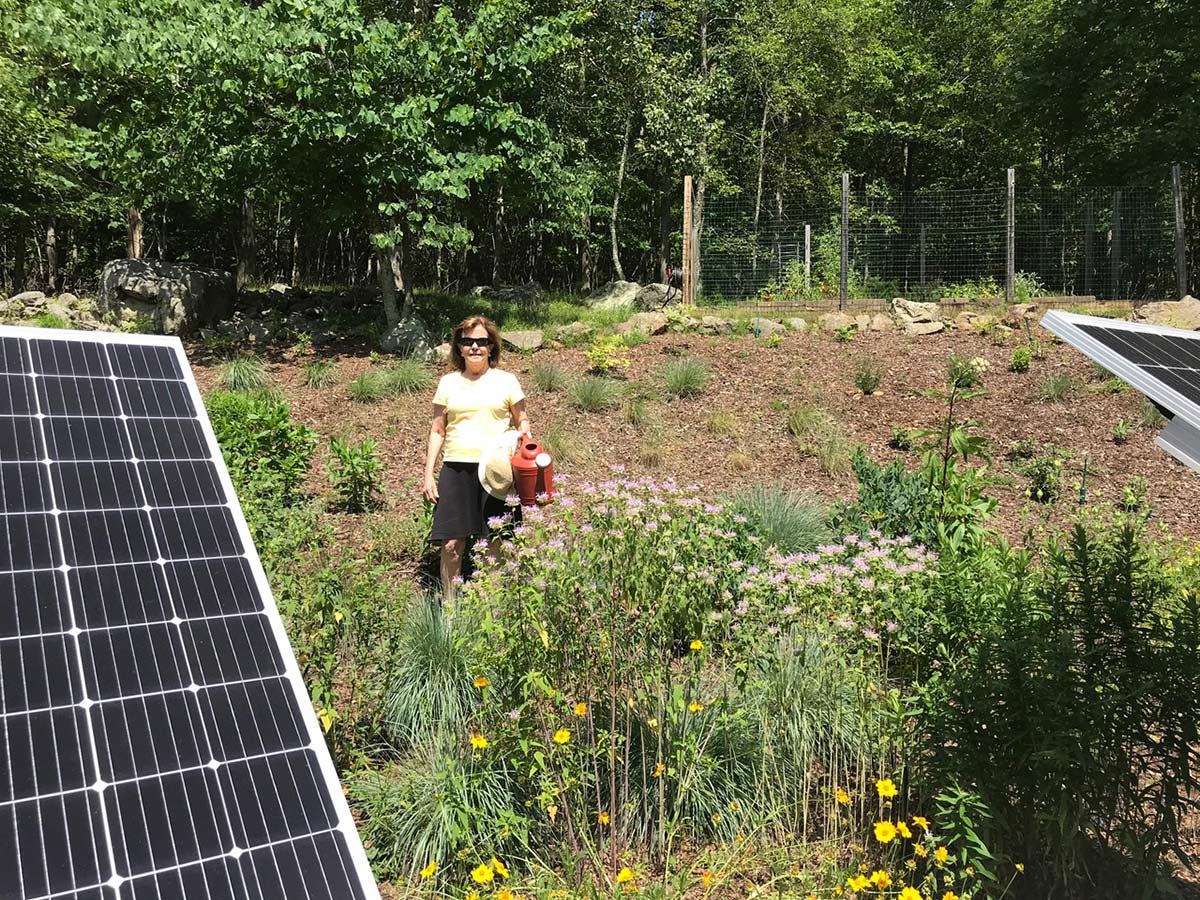
Lindsay’s environmental ethos is neatly represented in her garden, where a pollinator garden is tucked between solar panels and she provides her plants water collected from a rain barrel. -
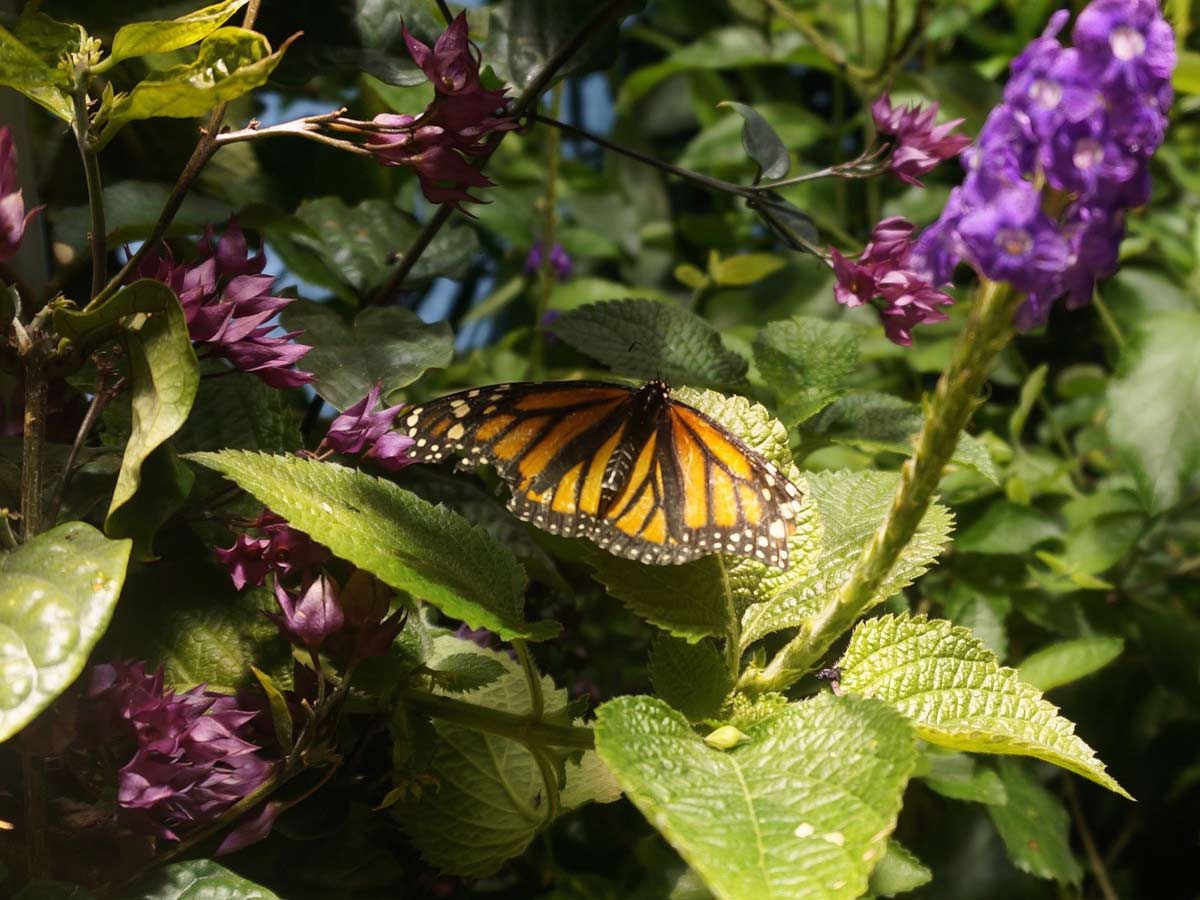
Lindsay takes pride in her gardening, her pollinator garden being successful in attracting admiration from monarchs as well as bringing lovely color to her home. -
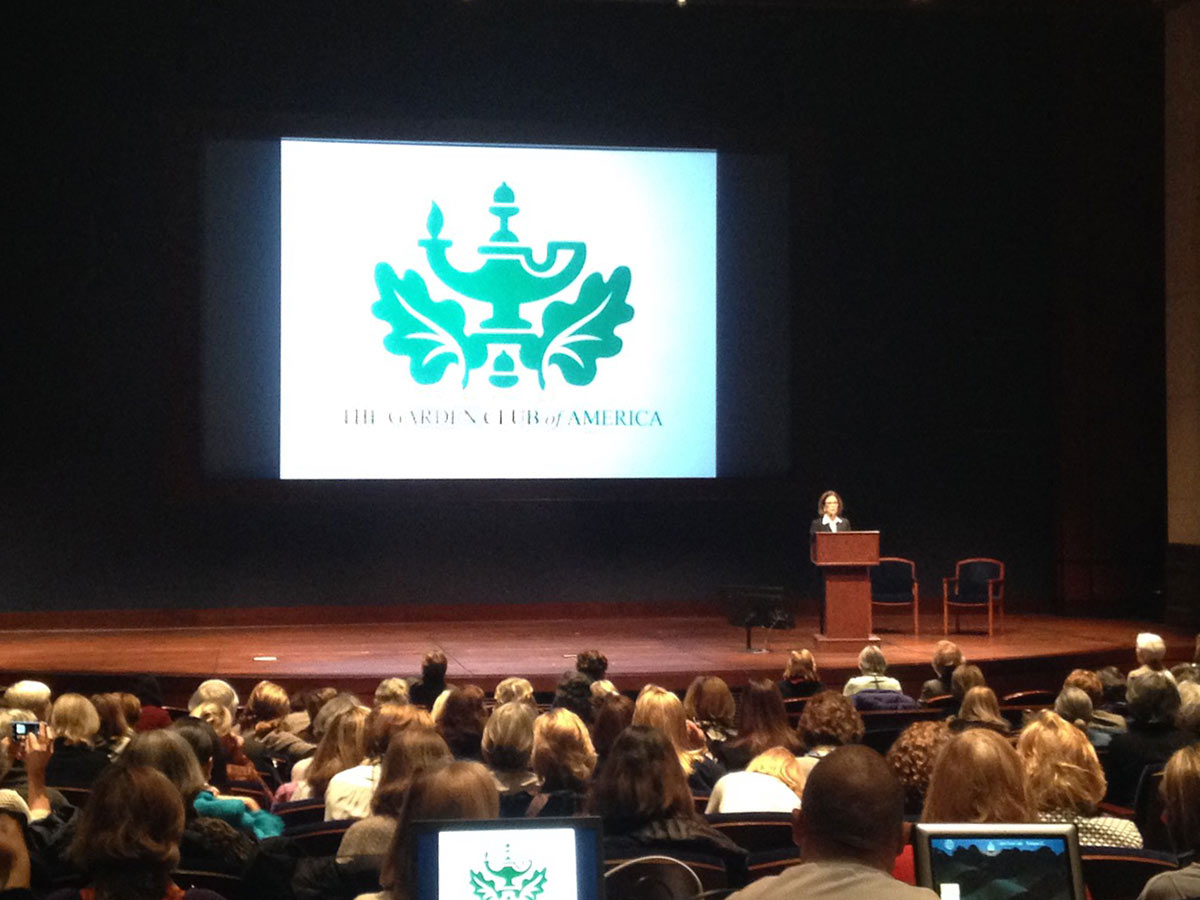
Lindsay has long worked as part of the Garden Club of America national team, as well as being active at the local and regional level. She puts together two meetings for delegates each year in Washington to educate them in the legislation to push.
All photos courtesy of Lindsay Marshall.
In Memoriam
Shirley Meneice
It is with deep sadness that we share that Shirley Meneice, Center for Plant Conservation Emeritus Trustee, passed away on July 16, 2020. She was loved and respected by so many people for her warmth, kindness, delightful humor, and desire to help others by mentoring and encouragement. She was the Garden Club of America Chairman of the Horticulture Committee, and the Shirley Meneice Horticulture Conference honors her. It has been held annually at different botanic gardens throughout the U.S. and was particularly appropriate given her plant knowledge, constant curiosity and enthusiasm about plants, and desire to encourage this love in others. She was an early supporter of The Garden Conservancy.
Per her request, there will be no services. Should you wish, sow a seed, propagate a plant, or dig in the dirt. In lieu of flowers, contributions can be made to The Garden Club of America Shirley Meneice Horticulture Conference Fund, Carmel-by-the-Sea Garden Club, Center for Plant Conservation, UC Santa Cruz Arboretum & Botanic Garden, League of Women Voters, Connecticut College, or the organization of your choice.
Get Updates
Get the latest news and conservation highlights from the CPC network by signing up for our newsletters.
Sign Up Today!Employment Opportunities
Volunteer Coordinator & Urban Planning Assistant (AmeriCorps Member)
The Volunteer Coordinator & Urban Planning Assistant will work with Refuge staff, volunteers, and partners to:
- Support all Refuge volunteer programs, including habitat improvement, wildlife monitoring, environmental education, visitor services, maintenance, and more.
- Support a visitor services planning effort to align Deer Flat NWR programs with U.S. Fish and Wildlife Service (USFWS) policy and the USFWS Urban Wildlife Conservation Program to reach new audiences and serve visitors who have not known about or felt comfortable exploring the Refuge. We will build relationships with community leaders and organizations to figure out what community needs overlap with Refuge goals and where we can build programs that benefit both the community and the Refuge.
Upcoming Webinars
The Natural Areas Association (NAA) invites you to attend this upcoming webinar that will be of interest to PCA cooperators and partners. All 2020 NAA webinars are free and open to the public.
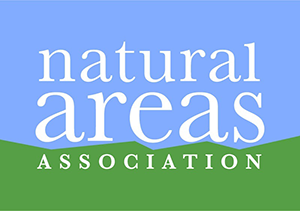
Natural Areas as Seeds for Restoration: The Arkansas Native Seed Program
Ways to Help CPC

Support CPC by Using AmazonSmile
As many of us are now working from home and relying on home delivery more and more, we wanted to remind you that you can keep your home stocked AND SavePlants. If you plan to shop online, please consider using AmazonSmile.
AmazonSmile offers all of the same items, prices, and benefits of its sister website, Amazon.com, but with one distinct difference. When you shop on AmazonSmile, the AmazonSmile Foundation contributes 0.05 percent of eligible purchases to the charity of your choice. (Center for Plant Conservation).
There is no cost to charities or customers, and 100 percent of the donation generated from eligible purchases goes to the charity of your choice.
AmazonSmile is very simple to use—all you need is an Amazon account. On your first visit to the AmazonSmile site, you will be asked to log in to your Amazon account with existing username and password (you do not need a separate account for AmazonSmile). You will then be prompted to choose a charity to support. During future visits to the site, AmazonSmile will remember your charity and apply eligible purchases towards your total contribution—it is that easy!
If you do not have an Amazon account, you can create one on AmazonSmile.
Once you have selected Center for Plant Conservation as your charity, you are ready to start shopping. However, you must be logged into smile.amazon.com—donations will not be applied to purchases made on the Amazon.com main site or mobile app. It is also important to remember that not everything qualifies for AmazonSmile contributions.
So, stay safe inside, and when ordering online, remember you can still help save plants. Please feel free to share this email with your friends and family and ask them to select Center for Plant Conservation.
Thank you all for ALL you do.
Acknowledge The Editorial Staff
This is a section where you can acknowledge the editorial staff.
Donate to CPC
Thank you for helping us save plant species facing extinction by making your gift to CPC through our secure donation portal!
Donate Today